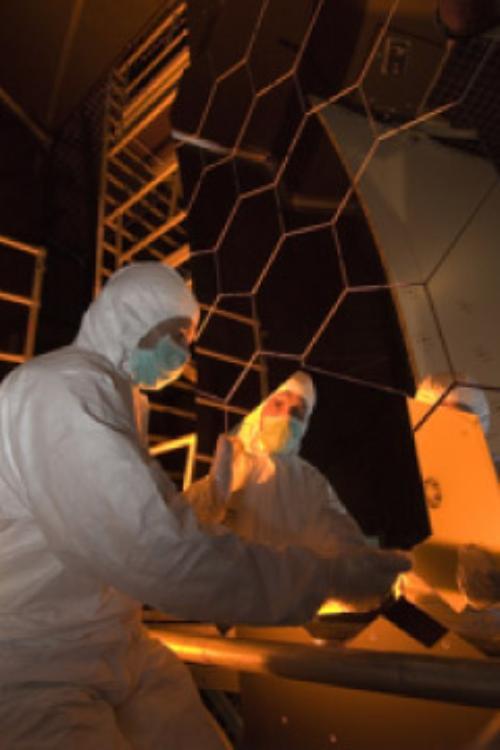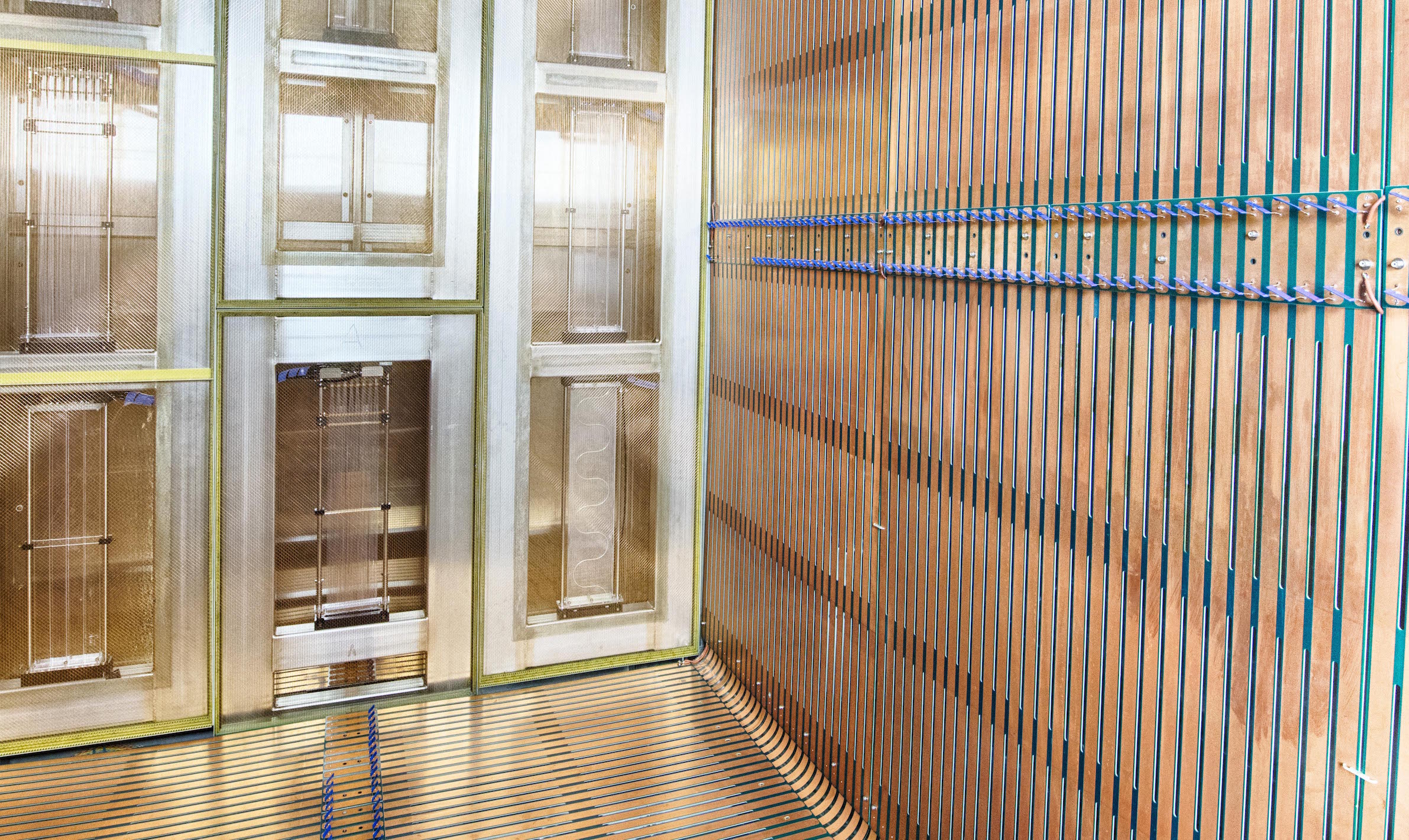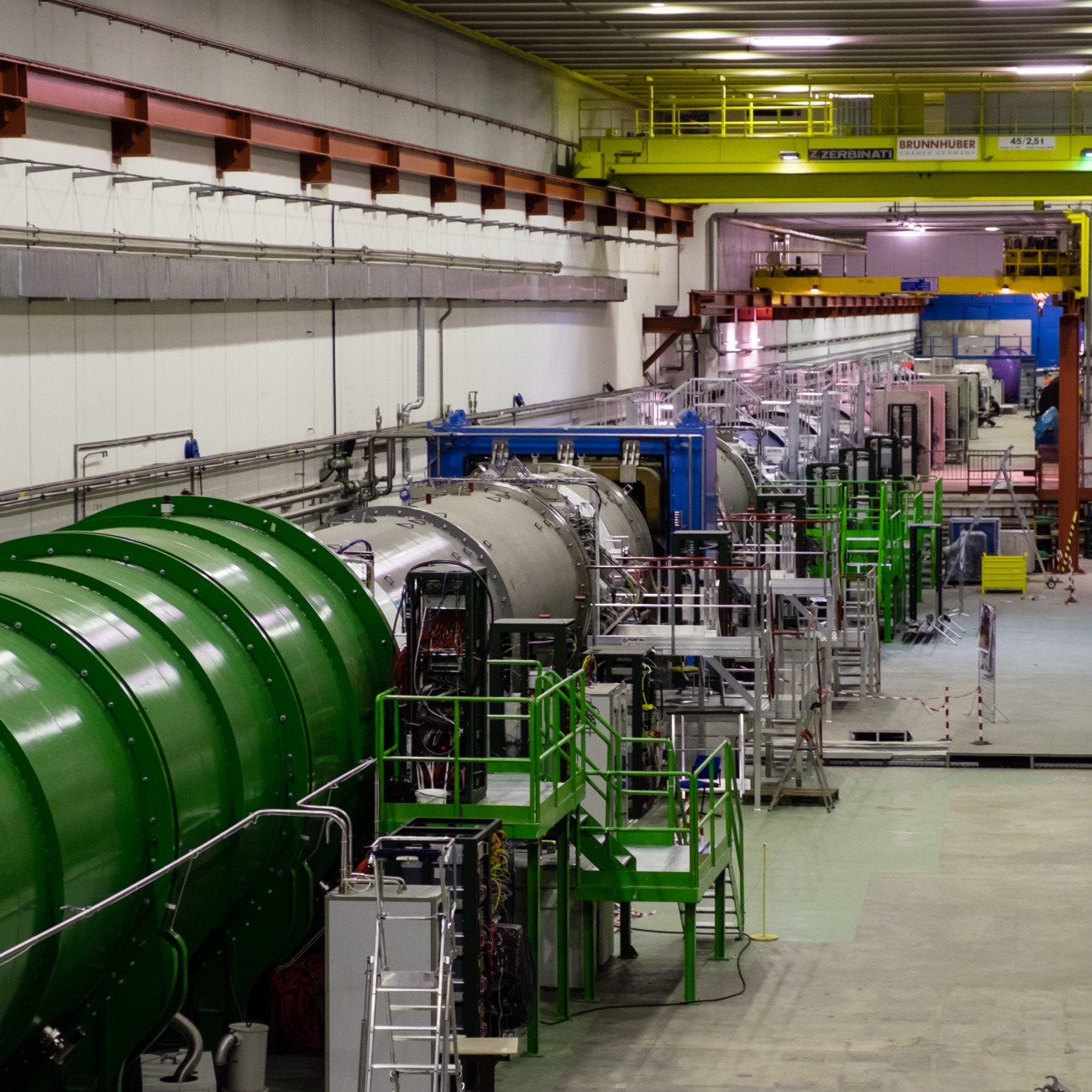Flavour Physics and Beyond
Quark Flavour Physics
Precision flavour physics is sensitive to loop effects caused by particles that can be far heavier than those directly produced at colliders - it can see beyond the energy frontier. In the past, this approach resulted in the prediction of the charm quark, and a heavy top quark, well before colliders could produce these particles directly. The observation of CP violation led to the prediction of the entire third generation of particles even before the second one had been fully discovered, an achievement that has recently been rewarded with the 2008 Nobel Prize.
The Bristol Flavour Physics Group has a comprehensive flavour physics programme, covering B physics and charm physics (LHCb) and kaon physics (NA62). These areas complement each other in their sensitivity to New Physics, providing an unprecedented experimental precision where a whole host of New Physics models could become apparent. Bristol are the only group in the UK with such a far-reaching programme.
With the next generation of flavour physics experiments, we enter a completely new realm of New Physics sensitivity. We do not know which approach will discover evidence of New Physics first, the highly sensitive search for deviations from SM predictions in precision flavour physics at LHCb and NA62, or direct observation of new particles at CMS. However, it is certain that the input from both will be needed if we wish not merely to destroy the Standard Model, but to understand the physics that lies beyond it.
LHCb
The Bristol group is leading analyses of rare B0→K*0µ+µ- and B+/0→K+/*0e+e- decays. These decays are predicted to be very rare within the SM, as they occur only through suppressed loop diagrams. New particles foreseen in extensions of the SM can significantly enhance (or suppress) the rate of this decay. Controlling deviations due to SM charm quark loops is critical to this effort, and a focus of the Bristol group.
One of the most powerful ways to increase the New Physics sensitivity of the quark flavour sector is, paradoxically, to measure precisely the value of the Standard Model parameter γ using B±→DK± or B0→DK* decays. To accomplish this, the parameters of the D decay must be fully understood; the Bristol group is at the forefront of these analyses at LHCb. For more information see the LHCb website.
NA62
The NA62 experiment at CERN will deliver physics that will complement the LHC data. Its main goal is to study the rare decay K+→π+νν. By measuring this branching ratio to ten percent the Standard Model will be tested decisively, or New Physics will be discovered. The large number of kaons at NA62 will allow other rare decays to be studied with unprecedented precision and searches for lepton flavour violation. For more information see NA62 website.
Lepton Flavour Physics
The standard model can also be tested in the decays and transitions of leptons. For example, the standard model initially assumed that neutrinos were massless and therefore incapable of flavour change. Since then the Solar Neutrino Problem and the Atmospheric Neutrino Anomaly have demanded a reconsideration of neutrinos in the standard model, leading to the discovery of neutrino flavour changes and the award of the 2015 Nobel prize for physics. Neutrinos masses and oscillations are still one of the open questions in modern particle physics and future experimental results have the potential to provide us with insight into the formation of black holes and physics beyond the standard model.
DUNE
DUNE (Deep Underground Neutrino Experiment) is an international experiment for neutrino science and proton decay studies hosted as part of the Long Baseline Neutrino Facility (LBNF). DUNE is designed to make a number of discoveries related to neutrinos possible. First among these is the possible discovery of matter-antimatter asymmetries through CP violating neutrino flavour mixing. This could provide a vital explanation of why the universe appears to have more matter than antimatter, and allow matter generation in the early universe to be much better understood. The Bristol group plays a leading role in developing the data acquisition (DAQ) system for DUNE. This includes developing and evaluating DAQ electronics and triggering algorithms. For more information see the DUNE website.
Mu3e
Mu3e is a new experiment, designed to look for the direct decay of a muon into three charged leptons: mu+ -> e+e-e+. Such a decay violates lepton flavour number and is implausibly rare in the SM, so if observed would be a clear sign of new physics. The Bristol group is involved in the preparation of the silicon pixel tracking detector, which will use highly-advanced CMOS technology and be extremely light. For more information see the Mu3e website.
Working in this area



